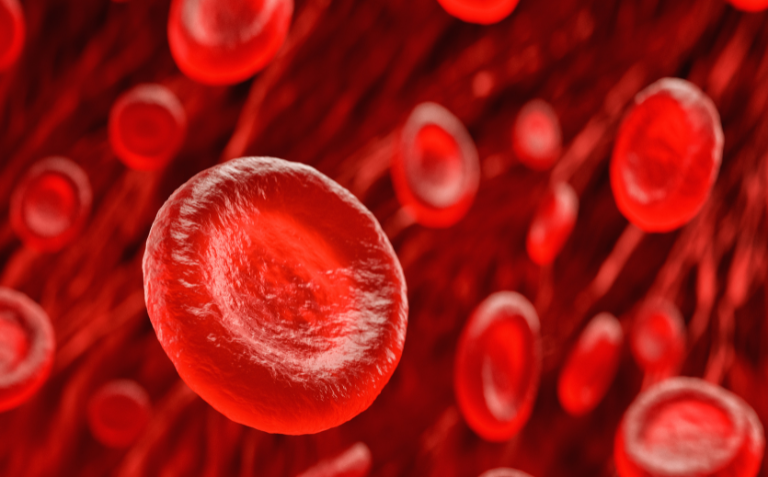
Fribourg Scientists Help Uncover Erythrocytosis Mutation
Share this article
An international team of researchers, including five scientists from the University of Fribourg, has identified genetic mutations responsible for certain forms of erythrocytosis — a rare condition in which the body overproduces red blood cells. The findings shed new light on an often-misunderstood disease that can lead to dangerous blood clots and other serious health complications.
When the Body Produces Too Many Red Blood Cells
In healthy individuals, red blood cell production is regulated by erythropoietin (EPO), a hormone secreted by the kidneys in response to low oxygen levels. This hormone signals the bone marrow to produce more red blood cells, improving the body’s oxygen-carrying capacity. Once oxygen levels normalize, EPO production slows down — a fine-tuned feedback loop. But in people with erythrocytosis, this system goes into overdrive. Excess red blood cells thicken the blood, raising the risk of thrombosis, stroke, and heart attack. Symptoms often include headaches, dizziness, and fatigue.
Current Treatments and Challenges
The standard treatment — therapeutic phlebotomy — involves regularly removing blood to lower red cell counts and reduce blood viscosity. While effective, it’s invasive and does not address the root cause. Making matters worse, about 70% of erythrocytosis cases remain of unknown origin, complicating diagnosis and care.
A Breakthrough in Understanding
By studying families with multiple affected members, researchers discovered subtle mutations in the EPO gene, which controls erythropoietin production. These mutations lie outside the coding regions of the gene, but they activate it abnormally — pushing the body to produce a more active form of EPO, similar to what is found in newborns.
“This is an important discovery,” said Dr. Darko Maric, co-lead author of the study and a researcher at the Department of Endocrinology, Metabolism and Cardiovascular System at the University of Fribourg. “It helps explain previously unexplained cases and opens new doors for more accurate diagnostics.”
Future Implications
This discovery could lead to a shift in how erythrocytosis is diagnosed — not only by measuring EPO levels, but also by analyzing its molecular form. In the long term, the findings could also inform gene-targeted therapies, such as those using CRISPR-Cas9, and even influence treatments for related conditions like anemia, beta-thalassemia, and hypoxia-related diseases. By uncovering the impact of these small genetic errors, the research team has made a major step toward personalized medicine — where rare genetic clues help shape the therapies of tomorrow.
➡️ Source: UNIFR | 📸 © Canva Media Library